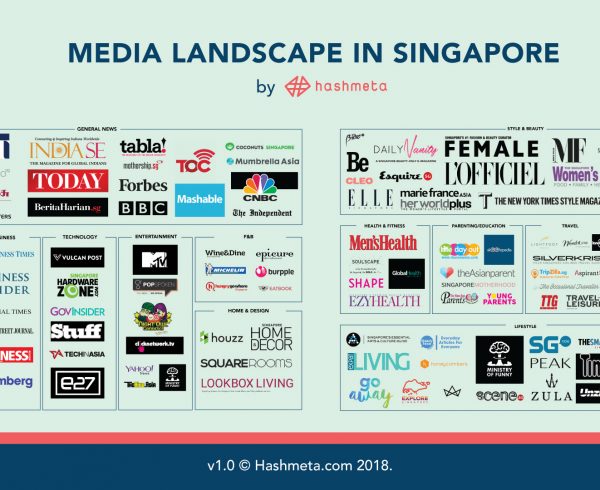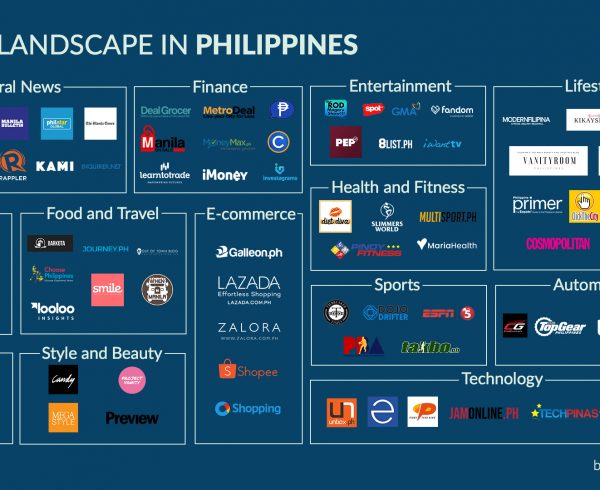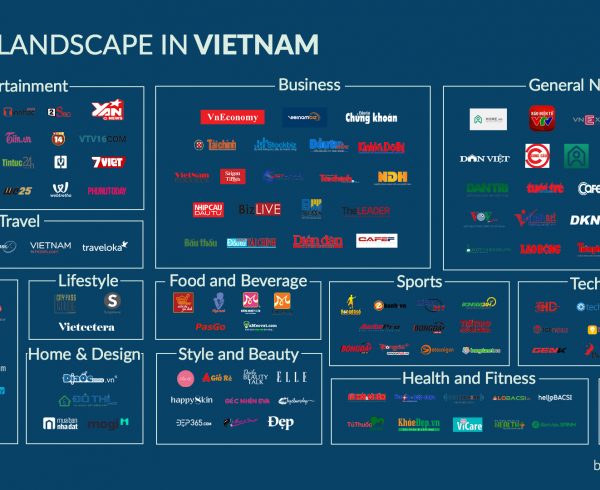
Content marketing is a marathon, not a sprint. And in 2017 just a few months away, it’s important that we prepare for the next leg by reviewing the latest content marketing trends. From producing enticing video content to exploring new ways to publish, here are five trends that you need to know so that you don’t get left behind!
Table of Contents
1. People will watch more videos
Source: Animaker
Video consumption is set to explode this year with Cisco predicting that it will account for 69% of all consumer internet traffic by 2017. This comes as no surprise with internet speeds and mobile usage continually rising to enable users to stream videos wherever they are, whenever they want.
Smart content marketers will latch onto this trend by creating relevant, high-quality video content by leveraging on video-friendly social media networks such as YouTube, Facebook and Instagram to get their content out there.
Keep in mind that production quality aside, the effectiveness of videos is very much platform-specific. For example, evergreen video content works well on YouTube due to how users search and discover videos, shareable and time-sensitive videos work well on Facebook due to the social nature of consuming content, while short-form attention-grabbing videos are more suited to platforms like Instagram.
2. New platforms will bring businesses closer to their audience
Source: Forbes
Trust and authenticity are two things that people are always looking for when choosing which content creator to believe and follow. While this is often difficult to achieve without face-to-face communication, intimate social media platforms such as Snapchat and Periscope give content marketers the ability to humanise their brand and get closer to their audience.
The first thing to note about these platforms is that they predominantly attract younger users (the majority of Snapchat users are under 34), so it only makes sense to use them if your target audience lies within this user demographic. If they do, then think about how you can leverage the intimate nature of these platforms to offer your true fans content that will deepen your relationship with them. Some examples to get you going include AMAs (Ask Me Anything), behind the scenes snippets, employee introductions, quick tips, as well as coupons and giveaways.
3. How we publish will continue to evolve
Source: Facebook
Although content marketers have traditionally posted content on their own assets such as blogs, the last few years have seen various social media platforms innovate in terms of how we publish.
For example, LinkedIn released Pulse – a native blogging platform – to the public in 2014 and Facebook launched Instant Articles – a feature which enables publishers to post interactive articles inside Facebook – just last year.
While content marketers will continue posting on their own blogs, social media publishing innovations will provide more options to get content into the public domain. The key is to discern which of these options are worth investing time and energy into. How you decide will depend on answering the questions that you should already be asking – Who is my target audience? What sites do they frequent? What media platform/s can we really excel at?
4. Mobile will be a must, not a choice
Mobile will become an everyday reality in 2017. Why? Aside from the fact that Google has listed mobile optimisation as a ranking factor, people’s habits have changed. Over 80% of internet users now own a smartphone, fluidly switching between devices to find information and communicate with loved ones. And the thing is, they interact with each of their devices differently with mobile, in particular, being a beast unto itself!
According to a study conducted by Google and AnswerLab, mobile users are extremely goal-oriented. They want their information quick and displayed in an easy-to-navigate manner – no pinching or zooming required. As a testament to how important responsive websites are, an e-commerce company called A Touch of Class found that shifting to an m-commerce website doubled their mobile visits from 19,000 to 40,000 and increased their mobile conversion rate from 0.32% to 0.55%.
To make things easier, Google provides a tool to test whether your website is mobile-friendly. Simply type in your URL to get a report outlining how mobile-optimised your site is.
5. Long-form and long-tail will be a necessity for organic traffic
Source: Redmond Pie
People don’t want an answer anymore – they want the answer to solving their problems. And the big players such as Google, Microsoft and Apple are racing to provide it. This is evident with mobile users turning to technologies like Siri and Cortana to quickly find information, and Google continually evolving its Knowledge Graph while rolling out Instant Answers.
Instead of having to click on a website link on the search results page, Google, and their competitors, want to give users the perfect answer straight away. Consequently, traffic to web pages which provide short answers will continue to decrease, as we move closer to the end goal of serving a single, complete answer to the user.
It’s these changes in the search which has forced content marketers to focus on creating long-form definitive content that serves the more complicated long-tail queries of niche audiences.
Leveraging the content marketing trends of 2017
While these trends may threaten your current content marketing plans, it is important that you go with, rather than against, the flow. Change what needs to be changed, then take advantage of new opportunities to deliver better content to the people that matter.
May 2017 be a year that you achieve content marketing success!






